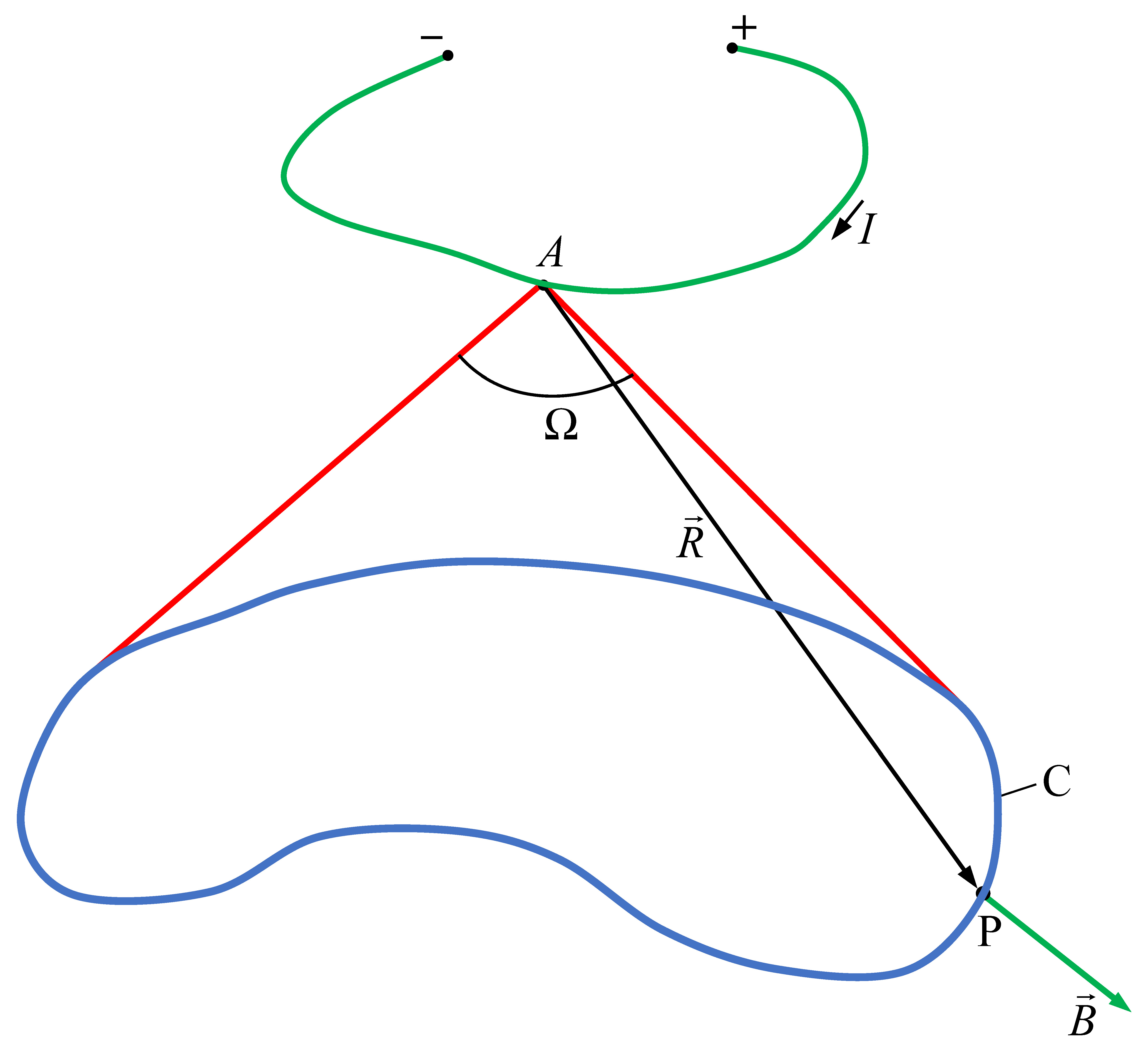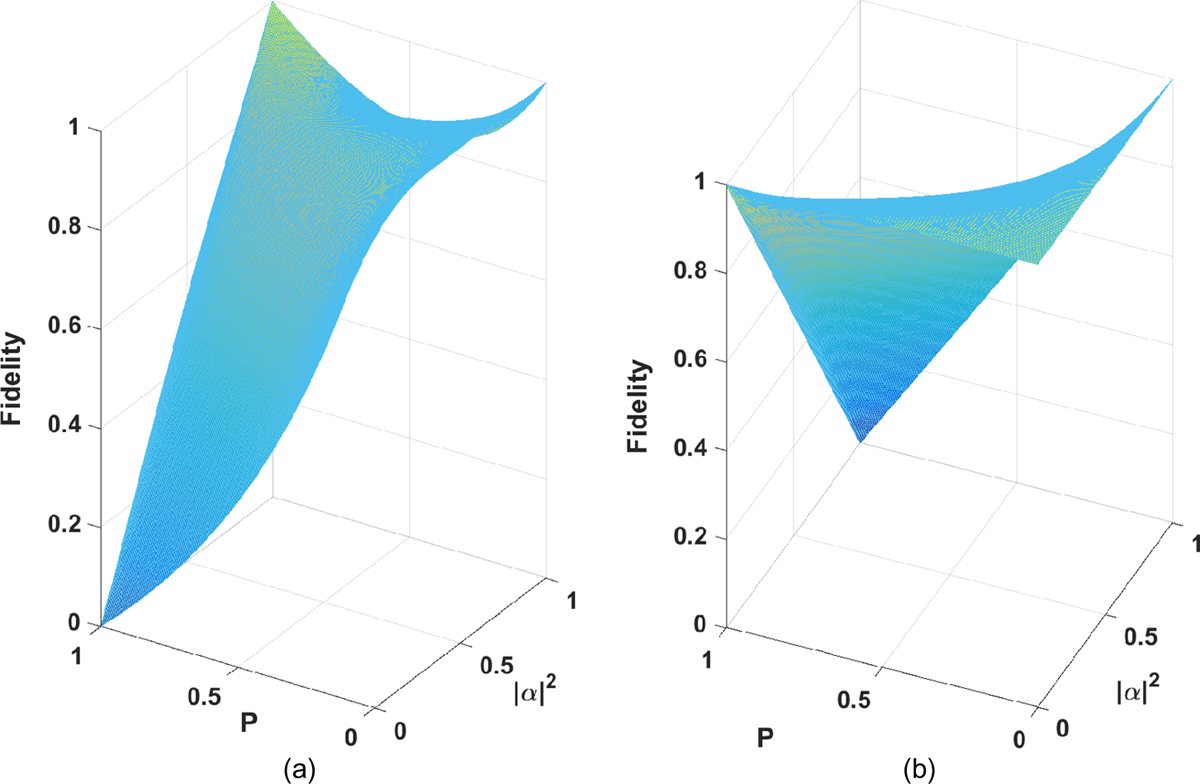News
EPJ Plus Focus Point - Modelling Complex Real-World Problems with Fractal and New Trends of Fractional Differentiation
- Details
- Published on 14 August 2018

Differential operators with non-singular kernels have been suggested recently and have raised interest in many fields of science, technology and engineering. They have being recognized to have brought news tools in applied mathematics and other applied sciences, as they are able to capture and observe a more complex physical behavior of nature. One of their unique properties is crossover behavior; in particular, their ability to capture Brownian motion, stochastic processes, anomalous diffusion and power-law dependency processes. This Focus Point on Modelling Complex Real-World Problems with Fractal and New Trends of Fractional Differentiation edited by A. Atangana, Z. Hammouch, G. Mophou and K. M. Owolabi in EPJ Plus aims at capturing current developments and initiatives of these new mathematical tools in modeling real-world problems. It focuses on new numerical and analytical methods for solving the complex real-world problems arising in physics. Several new results were presented and published in this Focus Point. In particular, a revolutionary paper has led to the extension of the field of non-local operators and their applications. The particular attention devoted to these new mathematical tools leaves no doubt on the fact that the future of modeling real-worl problems relies on these operators.
EPJ B Highlight - Clearer vision of the biochemical reaction that allows us to see
- Details
- Published on 31 July 2018

Physicists develop improved algorithms for simulating how complex molecules respond to excitation by photons, and explaining what happens when photons hit our eyes
What makes it possible for our eyes to see? It stems from a reaction that occurs when photons come into contact with a protein in our eyes, called rhodopsin, which adsorbs the photons making up light. In a paper published in EPJ B, Federica Agostini, University Paris-Sud, Orsay, France, and colleagues propose a refined approximation of the equation that describes the effect of this photo-excitation on the building blocks of molecules. Their findings also have implications for other molecules, such as azobenzene, a chemical used in dyes. The incoming photon triggers certain reactions, which can result, over time, in dramatic changes in the properties of the molecule itself. This study was included in a special anniversary issue of EPJB in honour of Hardy Gross.
EPJ Plus Editor Valerio Lucarini wins Whitehead Prize
- Details
- Published on 24 July 2018

Dr Valerio Lucarini, professor of Statistical Mechanics at the Department of Mathematics and Statistics, Reading https://www.reading.ac.uk/maths-and-stats/, and director of the Mathematics for Planet Earth Centre https://www.reading.ac.uk/maths-and-stats/research/mathematics-of-planet-earth/Centre-for-the-Mathematics-of-Planet-Earth.aspx was one of 6 winners of the Whitehead Prize announced on 29th June 2018 by the London Mathematical Society (LMS), and was awarded with this prize for his work in statistical physics to the theory and modelling of climate dynamics, along with his pioneering leadership in mathematics applied to climate science.
EPJ Plus Highlight - Scoping magnetic fields out for prevention
- Details
- Published on 11 July 2018

A new study reveals how to best evaluate the circulation of magnetic fields around closed loops
Concerns about the effects of magnetic fields on human health require careful monitoring of our exposure to them. Mandatory exposure limits have been defined for electric and hybrid vehicle architectures, in domestic and work environments, or simply to shelter sensitive devices from unintended sources of magnetic disturbance. In a new study published in EPJ Plus, physicists Jose Manuel Ferreira and Joaquim Anacleto from the Trás-os-Montes e Alto Douro University in Portugal develop a method for deriving an approximate value of the circulation around a loop of the magnetic field generated by the flow of electric current in an arbitrarily-shaped wire of a given length.
EPJ H Highlight - Centenary of cosmological constant lambda
- Details
- Published on 11 July 2018

Insights into its 100-year history reveal how the cosmological constant was marginalised by physicists before being reinstated by astronomers to explain the accelerated expansion of the universe
Physicists are now celebrating the 100th anniversary of the cosmological constant. On this occasion, two papers recently published in EPJ H highlight its role in modern physics and cosmology. Although the term was first introduced when the universe was thought to be static, today the cosmological constant has become the main candidate for representing the physical essence believed to be responsible for the accelerated expansion of our universe. Before becoming widely accepted, the cosmological constant was during decades the subject of many discussions about its necessity, its value and its physical essence. Today, there are still unresolved problems in understanding the deep physical nature of the phenomena associated with the cosmological constant.
EPJ D Highlight - High-fidelity quantum secret sharing prevents eavesdropping
- Details
- Published on 11 July 2018

Quantum secret-sharing scheme for noisy environments
To protect the confidentiality of a message during its transmission, people encrypt it. However, noise in the transmission channels can be a source of concern regarding how faithful the message transmission may be after it has been decrypted. This is particularly important for secrets shared using quantum scale messengers. For example, a classical secret takes the shape of a string of zeros and ones, whereas a quantum secret is akin to an unknown quantum state of two entangled particles carrying the secret. This is because no two quantum particles can be in the same state at any given time. In a new study published in EPJ D, Chen-Ming Bai from Shaanxi Normal University, Xi’an, China, and colleagues calculate the degree of fidelity of the quantum secret once transmitted and explore how to avoid eavesdropping.
EPJ C - New Editor-in-Chief for Theoretical Physics II
- Details
- Published on 10 July 2018

The publishers of The European Physical Journal C – Particles and Fields are pleased to announce the appointment of Professor Kostas Skenderis as new Editor-in-Chief for Theoretical Physics II: Gravitation, Astroparticle Physics and Cosmology, General Aspects of Quantum Field Theories, and Alternatives, replacing Professor Ignatios Antoniadis.
Kostas Skenderis is Director of the Southampton Theory Astrophysics and Gravity (STAG) Research Centre and a Professor in Mathematical Sciences at the University of Southampton. His research interests are in high energy theoretical physics and string theory, and in particular in the study of holographic dualities, their foundations and their applications.
EPJ B Highlight - Caffeine offers clues to ultra-transient positive charges' migration
- Details
- Published on 04 July 2018

A new study investigates the extremely rapid changes in the density of electrons in specific sites of the caffeine molecules thanks to an ultra-fast laser pulse that persists long enough to be observed
Caffeine keeps physicists up at night. Particularly those concerned with the capacity of electrons to absorb energy. In a new study published in EPJ B, a Franco-Japanese team of physicists have used the caffeine molecule as a playground to test the effect of ionising radiation on its electrons as they approach excited states. Their model accounts for the ionisation phenomenon in electrons, which are in a site-specific, localised orbit in the caffeine molecule. The electron excitation leaves the door open to positive charge progression along a molecular backbone. Thomas Niehaus from Claude Bernard Lyon 1 University, France, and colleagues have now developed a method for quantifying this positive charge migration in line with the ultra-short laser impulse. The observed charge motion happens on an attosecond time scale charge rearrangements driven by nuclear motion.
EPJ B Highlight - Is the Bitcoin network an oligarchy?
- Details
- Published on 26 June 2018

New study of Bitcoin transactions reveals hidden owner communities and a high-concentration of wealth distributed between a few people
Cryptocurrencies like Bitcoin can be analysed because every transaction is traceable. This means that they are an attractive system for physicists to study. In a paper published in EPJ B, Leonardo Ermann from the National Commission for Atomic Energy in Buenos Aires, Argentina, and colleagues from the University of Toulouse, France, have examined the structure of the Bitcoin-owner community by looking at the transactions of this cryptocurrency between 2009 and 2013. The team’s findings reveal that Bitcoin owners are close to an oligarchy with hidden communities whose members are highly interconnected. This research has implications for our understanding of these emerging cryptocurrency communities in our society - as usual bank transactions are typically deeply hidden from the public eye. They could also be helpful to computer scientists, economists and politicians who could better understand handle them.
EPJ Data Science Highlight - Controlling epidemics using mobile phone data
- Details
- Published on 26 June 2018

Mobile data can be (and has been) used to study a vast number of subjects related to human behavior. One of its potential applications is on epidemics, a complex field that is informed not only by healthcare, but also social interactions and human mobility. In this blog post, Stefania Rubrichi explains the context in which her team used a real mobile phone dataset in an attempt to better understand and tackle the spread of diseases. Their study was just published in the journal EPJ Data Science.
(Guest post by Stefania Rubrichi, originally published on the SpringerOpen blog)




